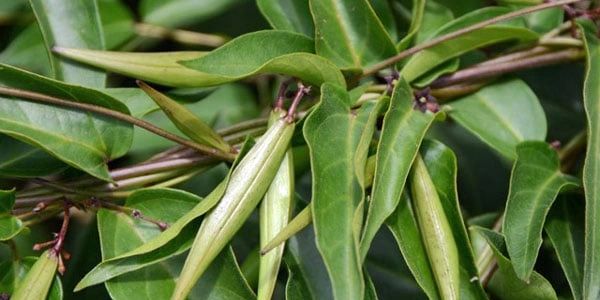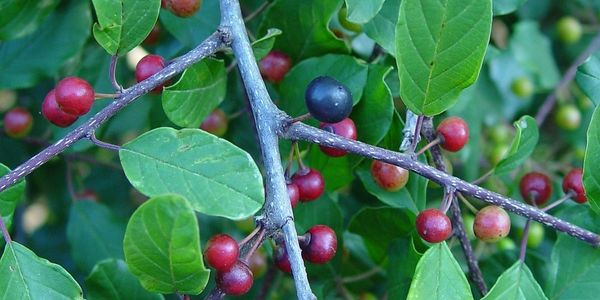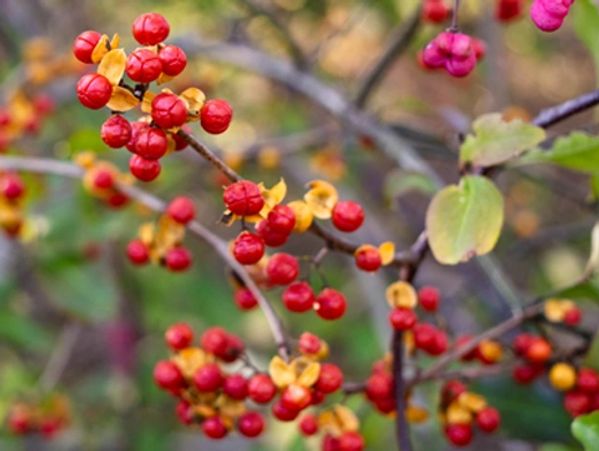common Invasive plants

Black Swallow Wort
Black Swallow Wort will eventually kill every plant in its path and also kills endangered monarch butterflies. The vine produces seed pods that eventually disperse through the air making it nearly impossible to eradicate once established. The sap of this plant is an extreme eye irritant.

Garlic Mustard
Garlic Mustard outcompetes the plants that birds and butterflies need. It negatively impacts soil chemistry.. It can eventually destroy forests because new saplings can not take root. It is a major issue on the South Shore of Massachusetts. Scroll to the bottom of the page to see a video detailing removal instructions.

Glossy Buckthorn
This shrub can grow into a small 'tree.' It destroys wildlife habitat and spreads primarily via birds who eat the berries. It is considered a major threat in Massachusetts. The best method is to cut the shrub low to the ground and wrap with a 'buckthorn' baggie. Click the link below for more. NOTE: we imagine this technique would work for Burning Bush as well.

Japanese knotweed
This plant spreads by rhizomes as well as by seeds that travel through the air. Even a tiny amount of the plant can regenerate thus disposal must be done extremely carefully. Japanese Knotweed is extremely difficult to eradicate, but there is a new organic method that is showing promise; please click the link below for more.

Oriental Bittersweet
This vine, also called Asiatic Bittersweet, spreads quickly and can overwhelm and strangle native shrubs and trees. It can be hand pulled, but extreme caution should be used as even small fragments of the roots can re-growth. All plants, roots and runners should be pulled and thrown away in a plastic bag.

Phragmites
This invasive plant, extremely common to the South Shore, forms dense, impenetrable stands in wetlands, killing all native plants & degrading nesting areas for water fowl. Additionally, the dense nature of infestations makes it hard for wildlife to even travel through. It is very tough to control but can be done with persistence. Note: a raspberry cane cutter is highly recommended and a very sharp-edged trowel.

porcelain berry
Like many invasive plants, Porcelain-berry vines were brought deliberately to the US for their beauty--and they are beautiful. Much like Oriental BIttersweet, they invade fields and field edges and spread extremely quickly, smothering native plants. Birds eat the berries, thus spreading the seeds further. To remove, dig up the roots thoroughly; to contain and control spread, cut back the vines with flowers or berries and dispose of them in a sealed trash bag.

Purple Loosestrife
This plant is very beautiful but takes a terrible toll on our wetlands, killing all native plants and degrading wetland habitat. It provides no benefit to wildlife but outcompetes the plants that birds and water fowl need to survive. Note: A new beetle has been introduced locally that appear to help with purple loosestrife control.
Video: Removing Garlic Mustard in Spring